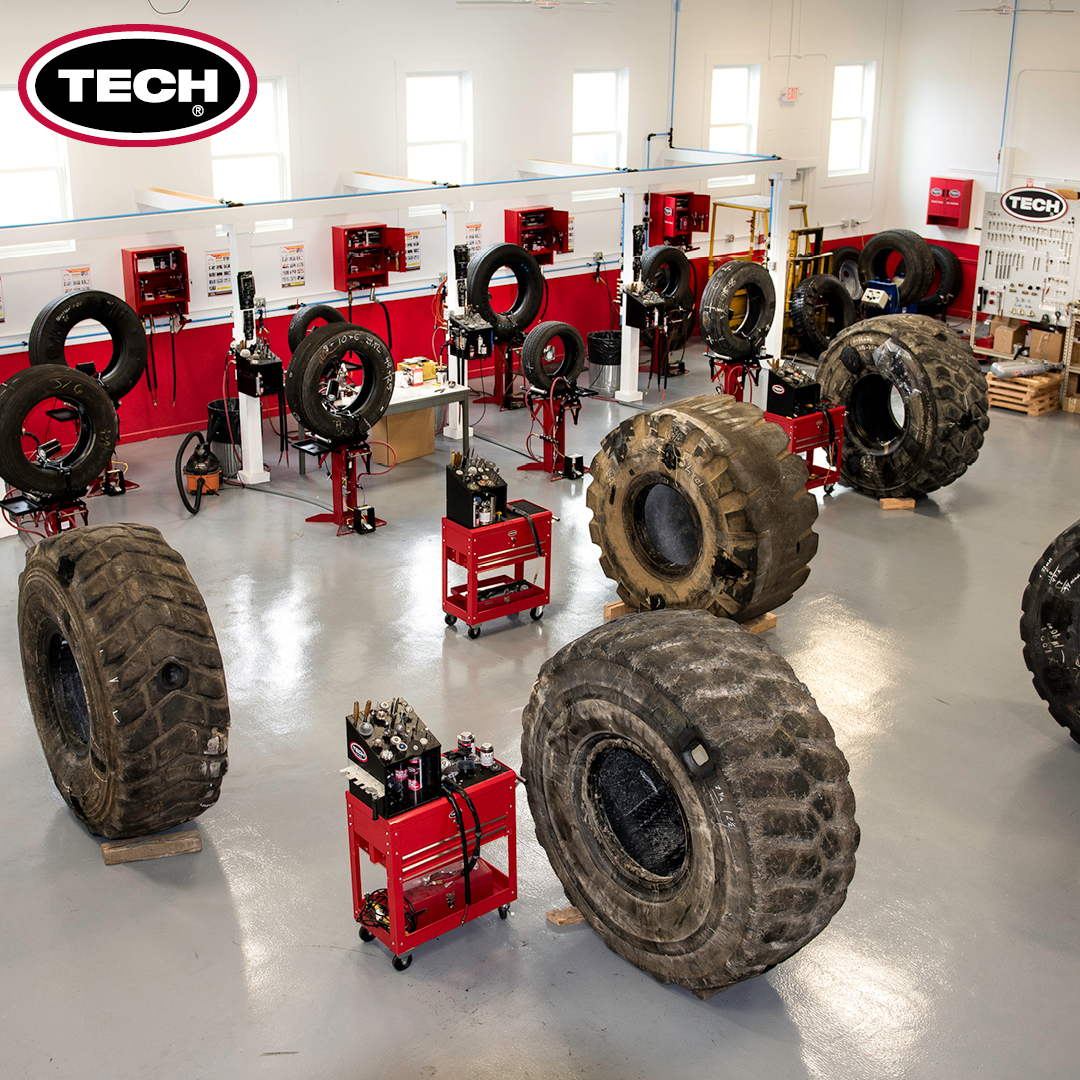The Scientific Research Behind Tire Fixing and Safety
When it concerns the elaborate world of tire maintenance and safety and security, there exists a realm of scientific research that often continues to be hidden by the ordinary vehicle driver - tire shop near me. The products that make up a tire, the effect of tire pressure on overall safety and security, the ramifications of walk wear, the detailed characteristics of tire traction, and the often-overlooked value of correct wheel placement all play important functions in guaranteeing a car operates safely and successfully. As we navigate with the complexities of tire repair service and safety, it comes to be noticeable that a much deeper understanding of these clinical principles is not only beneficial but important for every single driver on the roadway
Tire Make-up and Functionality
What products make up the composition of tires, and how do these elements contribute to their functionality on the roadway? Steel cords are integrated to boost the tire's strength and assist it preserve its form under various roadway problems.
The rubber substances supply hold and grip, permitting the tire to stick to the road surface and offer stability during velocity, braking, and cornering. On the whole, the cautious option and mix of these products ensure that tires can execute successfully and safely on different roadway surfaces and conditions.
Impact of Tire Stress on Security
On the other hand, overinflated tires have much less call with the road surface, reducing grip and creating uneven wear on the tire treads. Correctly inflated tires also play an essential role in fuel performance, as underinflated tires can boost moving resistance, leading to decreased gas mileage. Routinely inspecting and keeping the appropriate tire pressure not just makes certain safety and security yet additionally extends the lifespan of the tires, saving on substitute expenses in the long run.
Footstep Use and Its Implications
Proper tracking of tire tread wear is essential for making sure optimal efficiency and safety when driving. As tires use down, the deepness of the tread diminishes, decreasing the tire's capacity to preserve traction, particularly in wet or slippery problems. The walk pattern and depth play a vital function in carrying water away from the tire to avoid hydroplaning and preserving grasp when traveling surface.
Uneven wear might suggest concerns with tire positioning, rising cost of living, or suspension elements. Put on indicators are developed into the tire step and become visible when the tread deepness gets to a specific reduced factor, showing the requirement for immediate substitute.

Comprehending Tire Grip Dynamics
Monitoring tire walk wear not only ensures ideal performance and safety and security but also directly influences the traction characteristics of the tires on various roadway surfaces. Tire grip is an important element of car handling and security, as it determines the grasp between the tires and the road. Traction characteristics differ depending on roadway problems such as completely dry pavement, damp roads, snow, or ice.

Recognizing tire traction dynamics is essential for drivers to adjust their driving habits according to the road conditions. tire tracks morris il. Regularly inspecting tire step deepness and condition can substantially boost traction efficiency, ensuring much safer driving experiences throughout numerous surfaces
Significance of Appropriate Wheel Placement
Making certain proper wheel alignment plays a crucial role in enhancing car performance and prolonging tire durability. Proper wheel positioning includes adjusting the other angles of the wheels to manufacturer specifications, making sure that they are vertical to the ground and parallel to each various other. When positioning is off, it can cause irregular tire wear, lowered gas performance, and jeopardized handling.
One of the essential benefits of keeping proper wheel alignment is enhanced managing and stability. Misaligned wheels can trigger the automobile to pull to one side, impacting guiding control and total driving experience. Furthermore, appropriate positioning advertises even tire wear, preventing premature tire replacement and saving on maintenance costs in the lengthy run.

Conclusion
In final thought, the science behind tire repair and safety and security is critical for keeping vehicle efficiency and resource making certain chauffeur safety and security. By understanding tire structure, pressure, step wear, grip characteristics, and wheel positioning, motorists can avoid accidents and prolong the life-span of their tires.
The products that compose a tire, the influence of tire pressure on overall safety, the effects of step wear, the intricate dynamics of tire grip, and the often-overlooked significance of correct wheel positioning all play vital duties in guaranteeing a vehicle runs securely and efficiently. On the other hand, overinflated tires have less call with the road surface area, decreasing grip and causing unequal wear on the tire treads. Regularly examining and keeping the correct tire stress not just makes sure safety yet likewise prolongs the life-span of the tires, conserving on substitute costs in the lengthy run.
Keeping an eye on tire tread wear not only makes sure optimal performance and safety yet additionally straight impacts the traction dynamics of the tires on various road surfaces. Tire grip is an essential aspect of car handling and security, as it determines the grasp between the tires and the roadway.